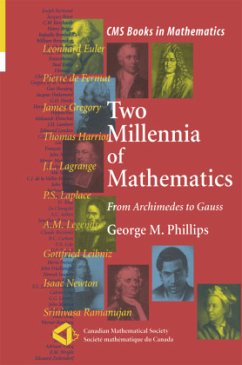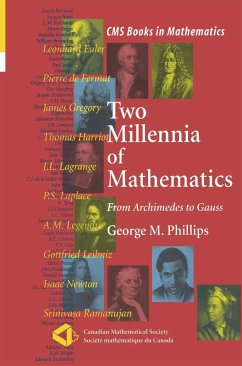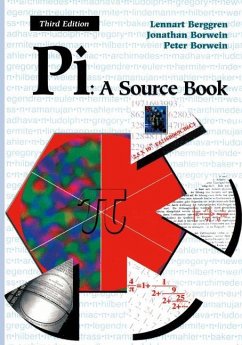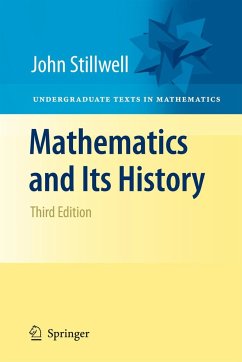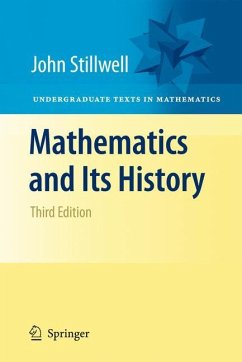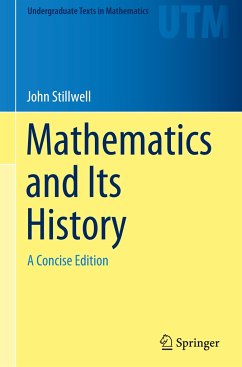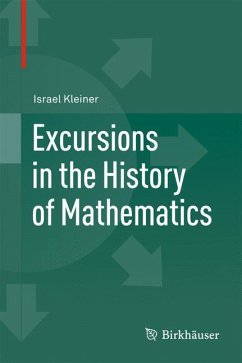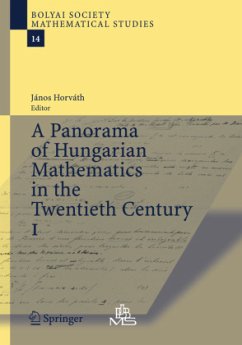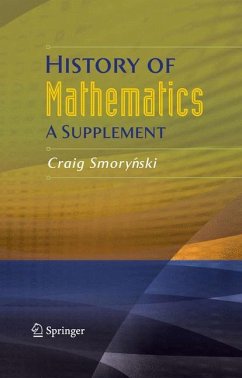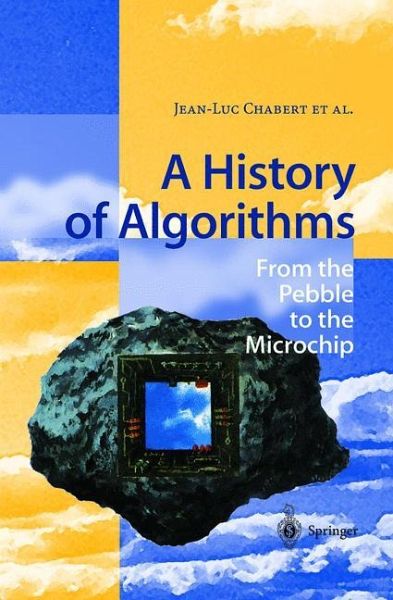
A History of Algorithms
From the Pebble to the Microchip
Ed. by Jean-Luc Chabert et al.

PAYBACK Punkte
39 °P sammeln!
A Source Book for the History of Mathematics, but one which offers a different perspective by focusinng on algorithms. With the development of computing has come an awakening of interest in algorithms. Often neglected by historians and modern scientists, more concerned with the nature of concepts, algorithmic procedures turn out to have been instrumental in the development of fundamental ideas: practice led to theory just as much as the other way round. The purpose of this book is to offer a historical background to contemporary algorithmic practice.





